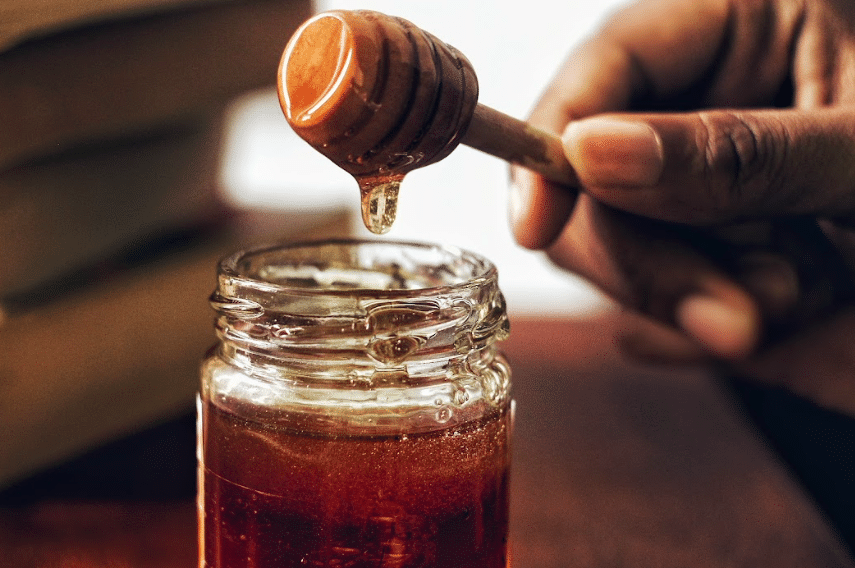Honey is one of nature’s sweetest and most captivating creations. Its complex chemical composition and its ability to crystallize over time make it a unique and versatile food. In this article, we will explore the honey crystallization process, uncovering the hidden secrets behind this transformation and the reasons why it occurs.
Honey Composition
Before delving into the details of crystallization, it’s important to understand the chemical composition of honey. Honey is primarily composed of sugars, including glucose and fructose, which make up approximately 70-80% of its content. These sugars are responsible for honey’s sweetness. In addition to sugars, honey contains water, enzymes, acids, proteins, vitamins, and minerals.
The Crystallization Process
The crystallization of honey is a natural process that can occur over time. When honey contains a higher proportion of glucose compared to fructose, it is more likely to crystallize. Crystallization begins when glucose molecules aggregate to form crystals. These crystals spread throughout the honey, giving the solution a thicker and grainier consistency.
The speed and extent of crystallization depend on various factors, including temperature, honey composition, and the presence of impurities or seed crystals. Crystallization can take from days to weeks to develop fully.
Why Does Honey Crystallize?
Honey crystallization is a natural process and does not indicate that honey has gone bad or been adulterated. On the contrary, it is a sign of authenticity and purity. Raw honey, which is honey that has not been excessively heated or filtered, is more likely to crystallize because it contains more impurities and seed crystals, which act as starting points for crystal formation.
Temperature is another key factor. Honey crystallizes more rapidly at lower temperatures, while crystallization is slower at higher temperatures. However, once crystallized, honey retains its quality and can be returned to a liquid state by gently warming it in a water bath.
Advantages of Crystallization
Honey crystallization offers some advantages. Firstly, crystallized honey is thicker and easier to spread on bread and other foods. Additionally, some people prefer the flavor of crystallized honey, as it tends to have a more intense taste and a richer texture.
Conclusion
The honey crystallization process is a natural wonder that adds another layer of complexity and charm to this sweet gift from nature. We should not fear the crystallization of our honey; instead, we should appreciate it as a sign of authenticity and purity. The next time you notice your honey starting to crystallize, know that you are witnessing a natural process that makes honey even more special.
